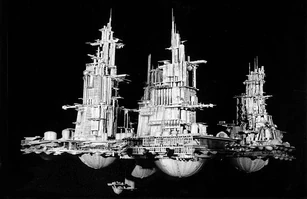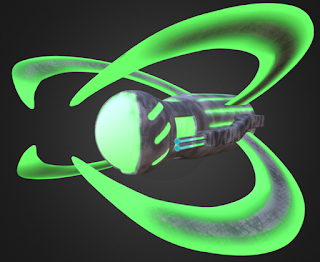 This is a small addition to the Synoptic Project. All it is, is a collection of work for the project between my team. My part of the Art book consists of Wireframes, Renders, Sketches and Concept Art. I am happy with three quarters of what work I have out into this. This mainly comes down to work I did not have to come up with, in the last 2 weeks.
This is a small addition to the Synoptic Project. All it is, is a collection of work for the project between my team. My part of the Art book consists of Wireframes, Renders, Sketches and Concept Art. I am happy with three quarters of what work I have out into this. This mainly comes down to work I did not have to come up with, in the last 2 weeks.The renders were of both the main models that were done in Sketch Fab (once I figured the website). They did work fairly well, and look better than the standard rendering software in Maya. I did try to use the software "Arnold", however the software would not work with my Maya program; so I cannot compare the rendering software. No idea why considering that I downloaded the program and plug-ins.
I have both low and high wireframes for both models. They are from the top, the side and the front. They are definitely the easiest to get for the book.
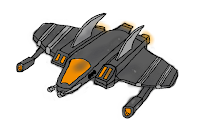
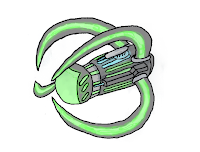 The main issue was with the concept art. I'll say that I am just not good at drawing and painting in software (adding the pressure of a deadline within a week didn't help). I did two drawings of my models. I did think the Alien star fighter was alright, however I do not like the main player star fighter. I think that it is misshapen and blurry. I created these by first drawing outline of the objects on paper to using as tracing paper for computer software. The software I used is a new software I am trying to get the grips with called "Corel Painter 5" this was a part of a package with a graphics tablet I recently got. I hope this will help me in the future. I did use more than basic colour in these images however. I did add glowing effects with a faded airbrush around the bright light. I also tried to add a few differences between the actual models and the artwork. To improve this (like most other issues I have had over the past year) I need to practice with both technique and software.
The main issue was with the concept art. I'll say that I am just not good at drawing and painting in software (adding the pressure of a deadline within a week didn't help). I did two drawings of my models. I did think the Alien star fighter was alright, however I do not like the main player star fighter. I think that it is misshapen and blurry. I created these by first drawing outline of the objects on paper to using as tracing paper for computer software. The software I used is a new software I am trying to get the grips with called "Corel Painter 5" this was a part of a package with a graphics tablet I recently got. I hope this will help me in the future. I did use more than basic colour in these images however. I did add glowing effects with a faded airbrush around the bright light. I also tried to add a few differences between the actual models and the artwork. To improve this (like most other issues I have had over the past year) I need to practice with both technique and software. 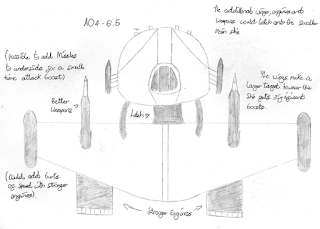
The final work was the sketches. I mainly did these as ideas for the player ship I had that we did not get to use. All (three) of the sketches have descriptions of what each part of the ship resembled and ideas of what it could do. Aside from the sketch that turned into the final design, the other two showed how a small pod could connect into a larger body for a more advanced star fighter.
Aside from other other additions from the rest of the team (such as final game renders and UI designs) I am happy with what I have provided not just for the art book but for the full Synoptic project (even though some parts do need some improvement). Next up is the portfolio plan.




